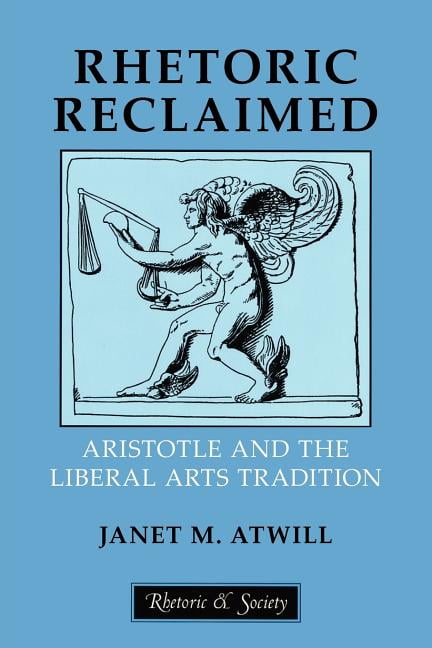

Each of these arts find their source in the Greek φιλοσοφία, philosophia, literally “love of wisdom”. It shows learning and knowledge organised into seven relations, the Septem Artes Liberales or Seven Liberal Arts.
#Liberas rhetoric series
The image Philosophy and seven liberal arts represents the circle of philosophy, and is presented as a rosette of a cathedral: a central circle and a series of semicircles arranged all around. Compiled between 11 it contained humanity's most significant ideas. Their encyclopedia compiled ideas drawn from philosophy, theology, literature, music, arts, and sciences and was intended as a teaching tool for women of the abbey. In the 12th century the iconic image – Philosophia et septem artes liberales (Philosophy and seven liberal arts) – was produced by an Alsatian nun and abbess Herrad of Landsberg with her community of women as part of the Hortus deliciarum. During the Middle Ages, logic gradually came to take predominance over the other parts of the trivium. It was in that two-fold form that the seven liberal arts were studied in the medieval Western university. After the 9th century, the remaining three arts of the " humanities"-grammar, logic, and rhetoric-were grouped as the trivium. The four "scientific" artes-music, arithmetic, geometry, and astronomy-were known from the time of Boethius onwards as the quadrivium.

The exact classification of the liberal arts varied however in Roman times, and it was only after Martianus Capella in the 5th century influentially brought the seven liberal arts as bridesmaids to the Marriage of Mercury and Philology, that they took on canonical form. Seneca the Younger discusses liberal arts in education from a critical Stoic point of view in Moral Epistles. The first recorded use of the term "liberal arts" ( artes liberales) occurs in De Inventione by Marcus Tullius Cicero, but it is unclear if he created the term. Rooted in the basic curriculum – the enkuklios paideia or "well-rounded education" – of late Classical and Hellenistic Greece, the "liberal arts" or "liberal pursuits" (Latin liberalia studia) were already so called in formal education during the Roman Empire. Īllegory of the seven liberal arts, The Phoebus Foundation While the arts of the quadrivium might have appeared prior to the arts of the trivium, by the middle ages educational programmes taught the trivium ( grammar, logic, and rhetoric) first while the quadrivium ( arithmetic, geometry, music, astronomy) were the following stage of education.
#Liberas rhetoric free
Originally these subjects or skills were held by classical antiquity to be essential for a free person ( liberalis, "worthy of a free person") to acquire in order to take an active part in civic life, something that included among other things participating in public debate, defending oneself in court, serving on juries, and participating in military service. Together they came to be known as the seven liberal arts. Eventually rhetoric, grammar, and dialectic ( logic) became the educational programme of the trivium. Athens, the government of the polis, or city-state, respected the ability of rhetoric or public speaking above almost everything else.

Before they became known by their Latin variations ( artes liberales, septem artes liberales, studia liberalia), the liberal arts were the continuation of Ancient Greek methods of enquiry that began with a "desire for a universal understanding." Pythagoras argued that there was a mathematical and geometrical harmony to the cosmos or the universe his followers linked the four arts of astronomy, mathematics, geometry, and music into one area of study to form the "disciplines of the mediaeval quadrivium".


 0 kommentar(er)
0 kommentar(er)
